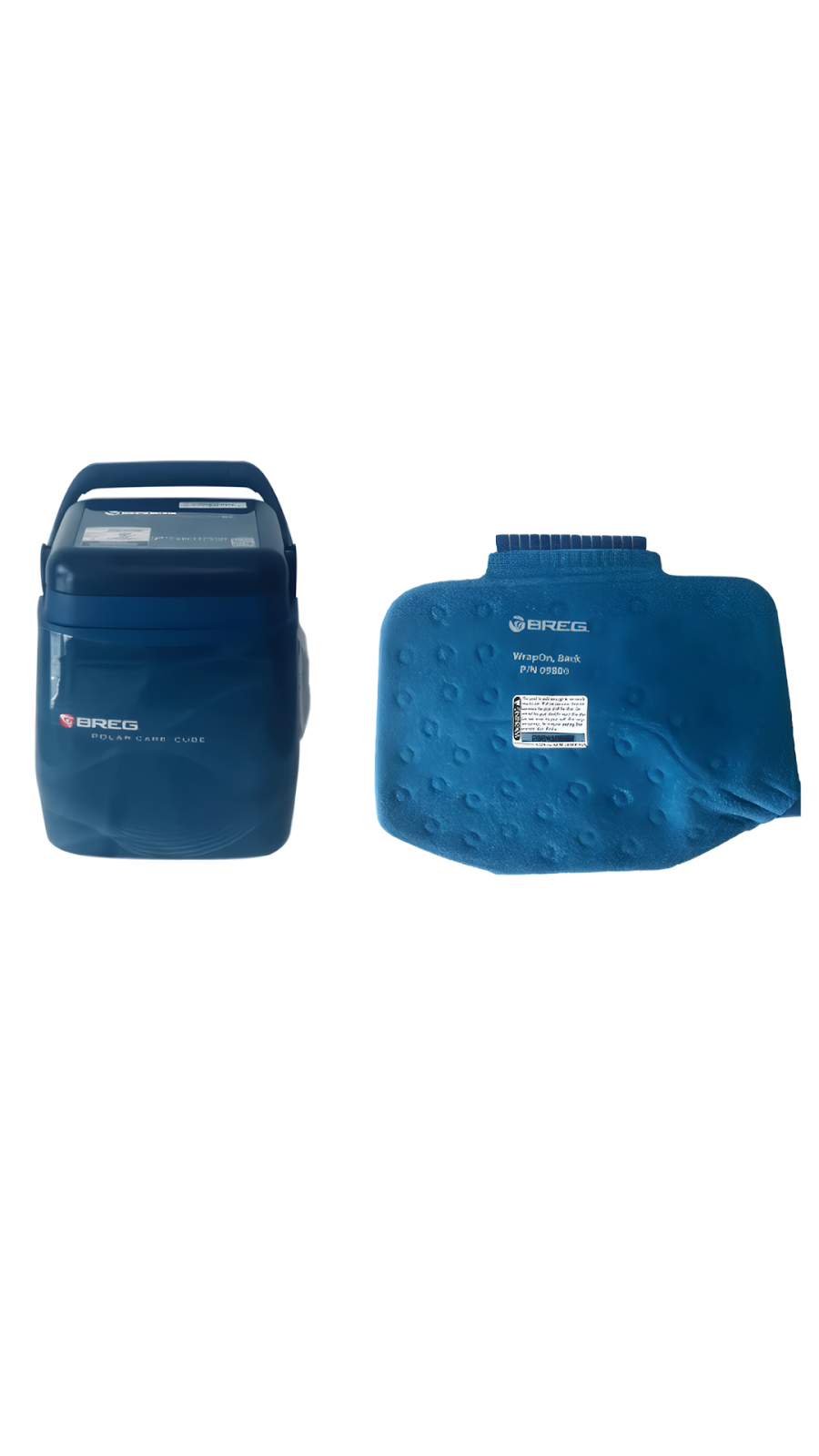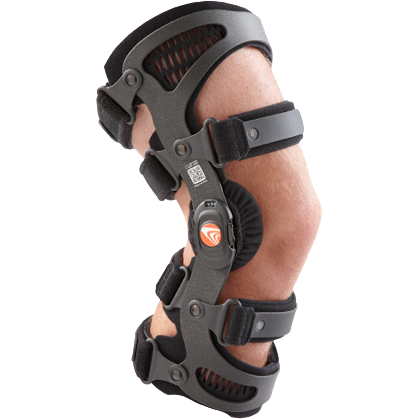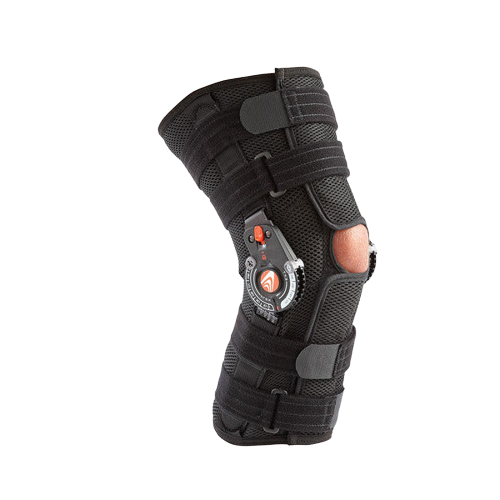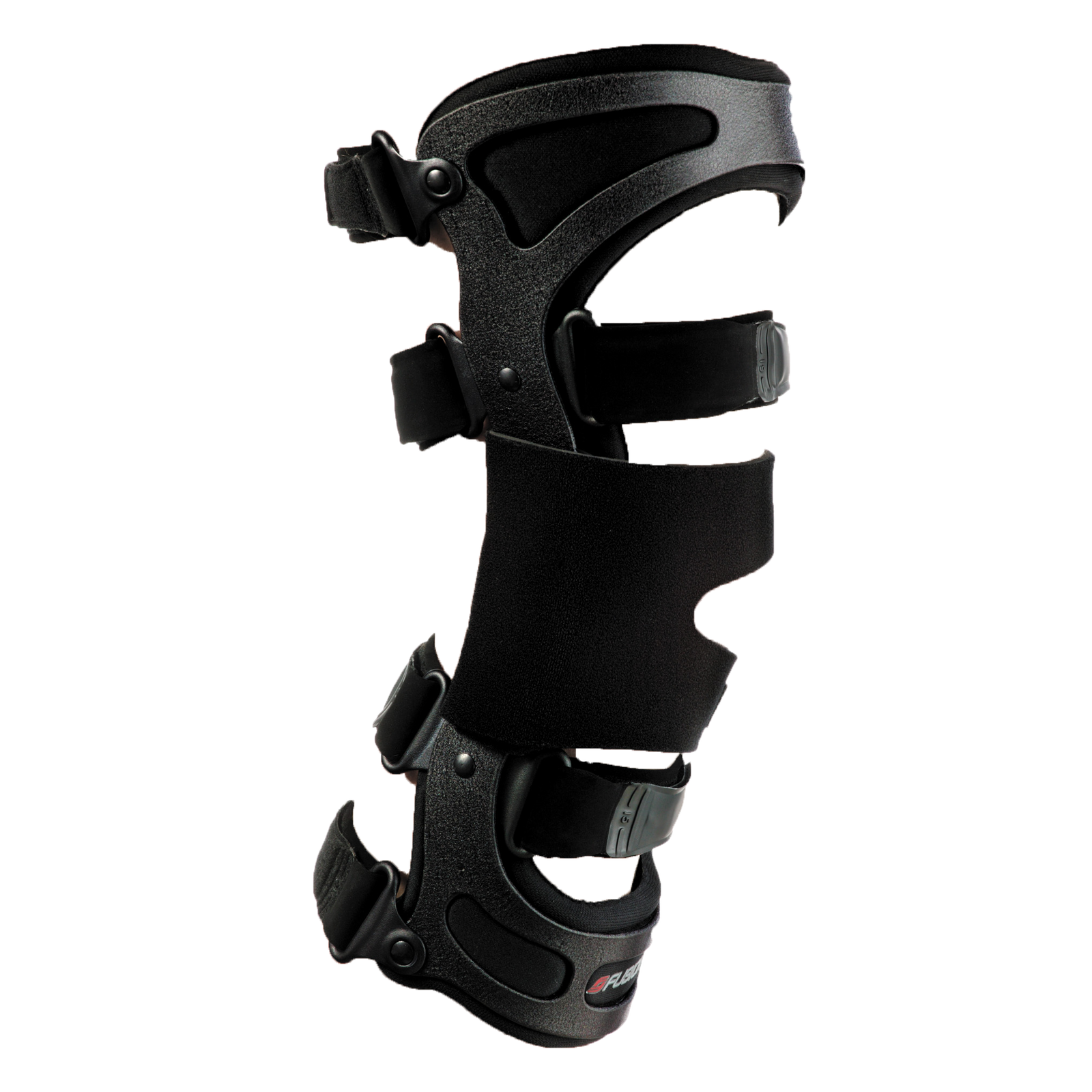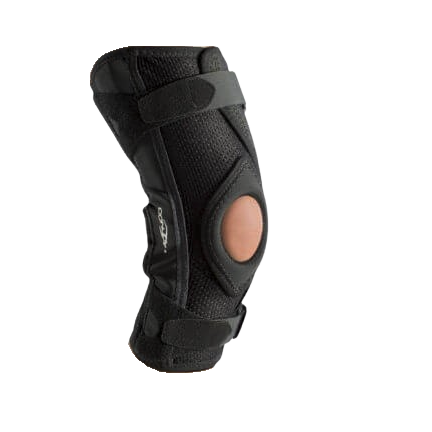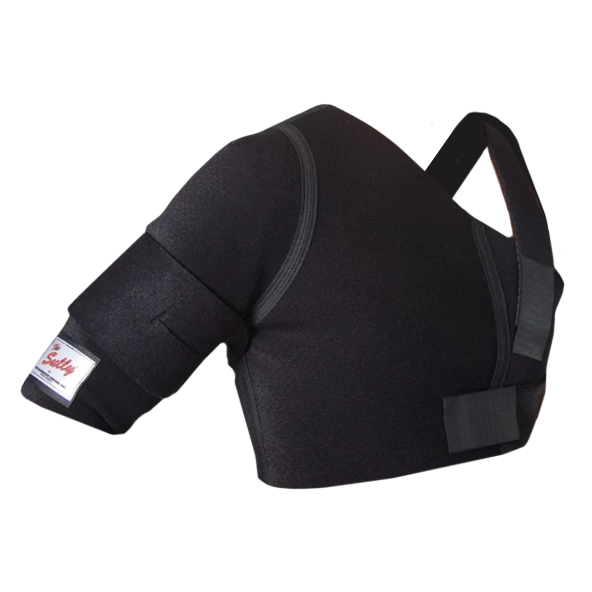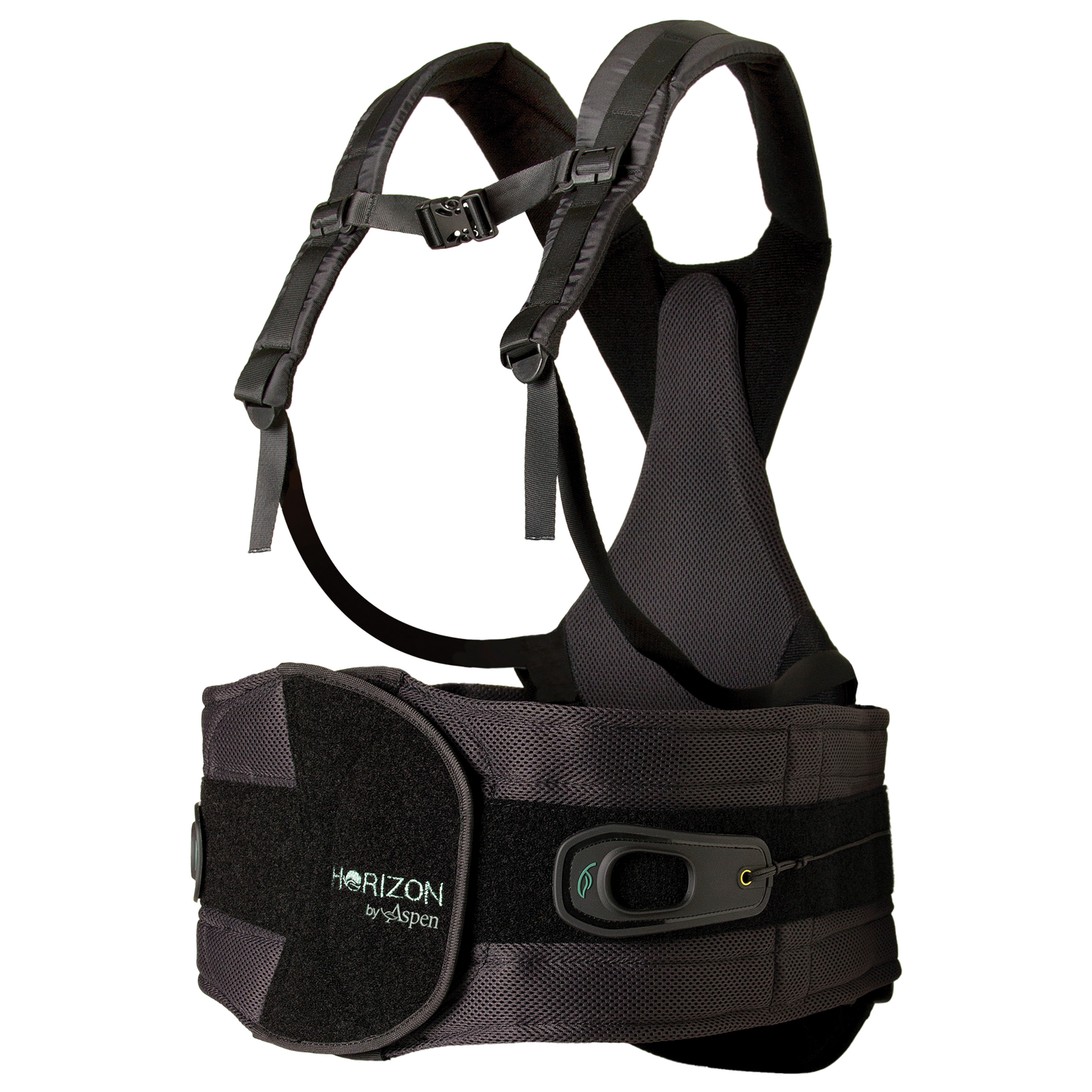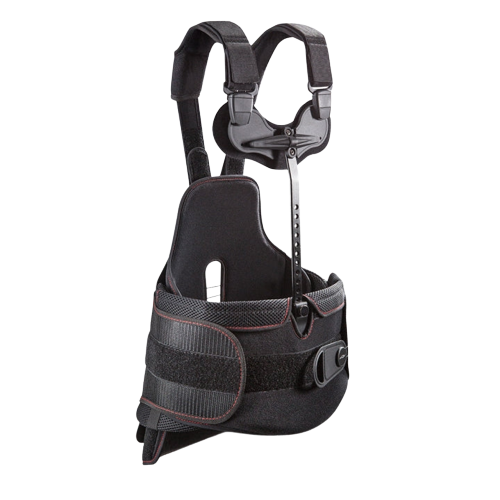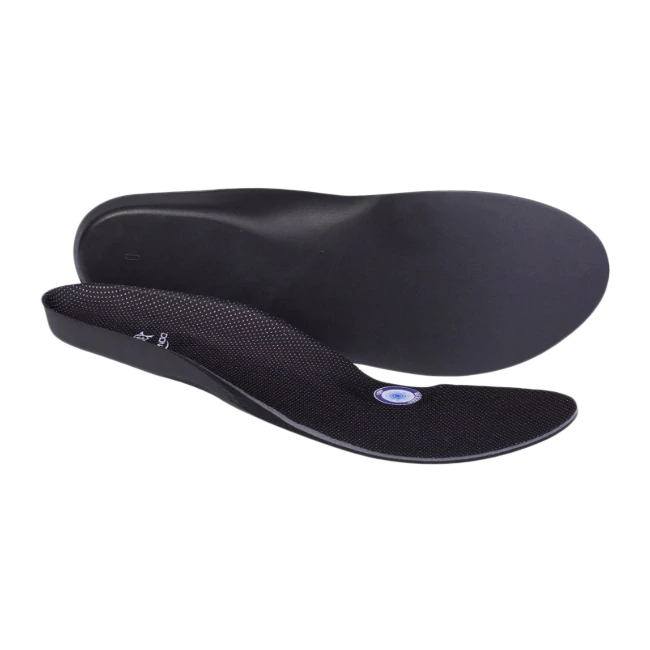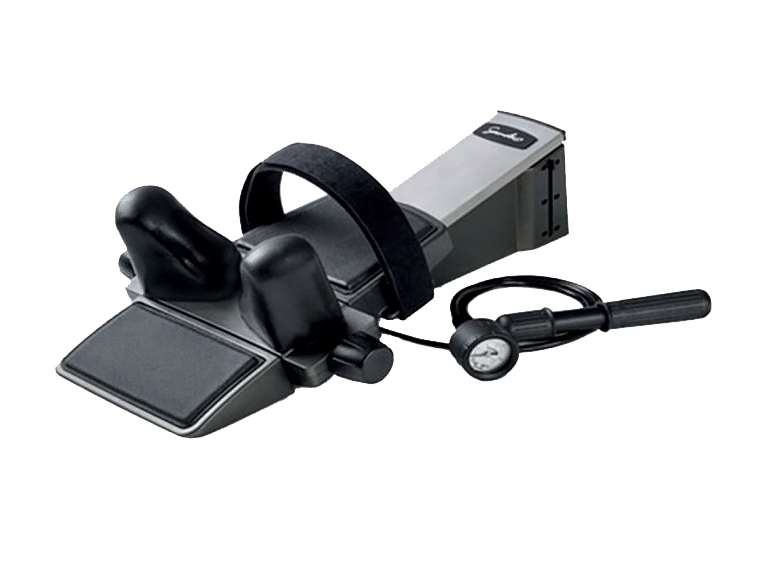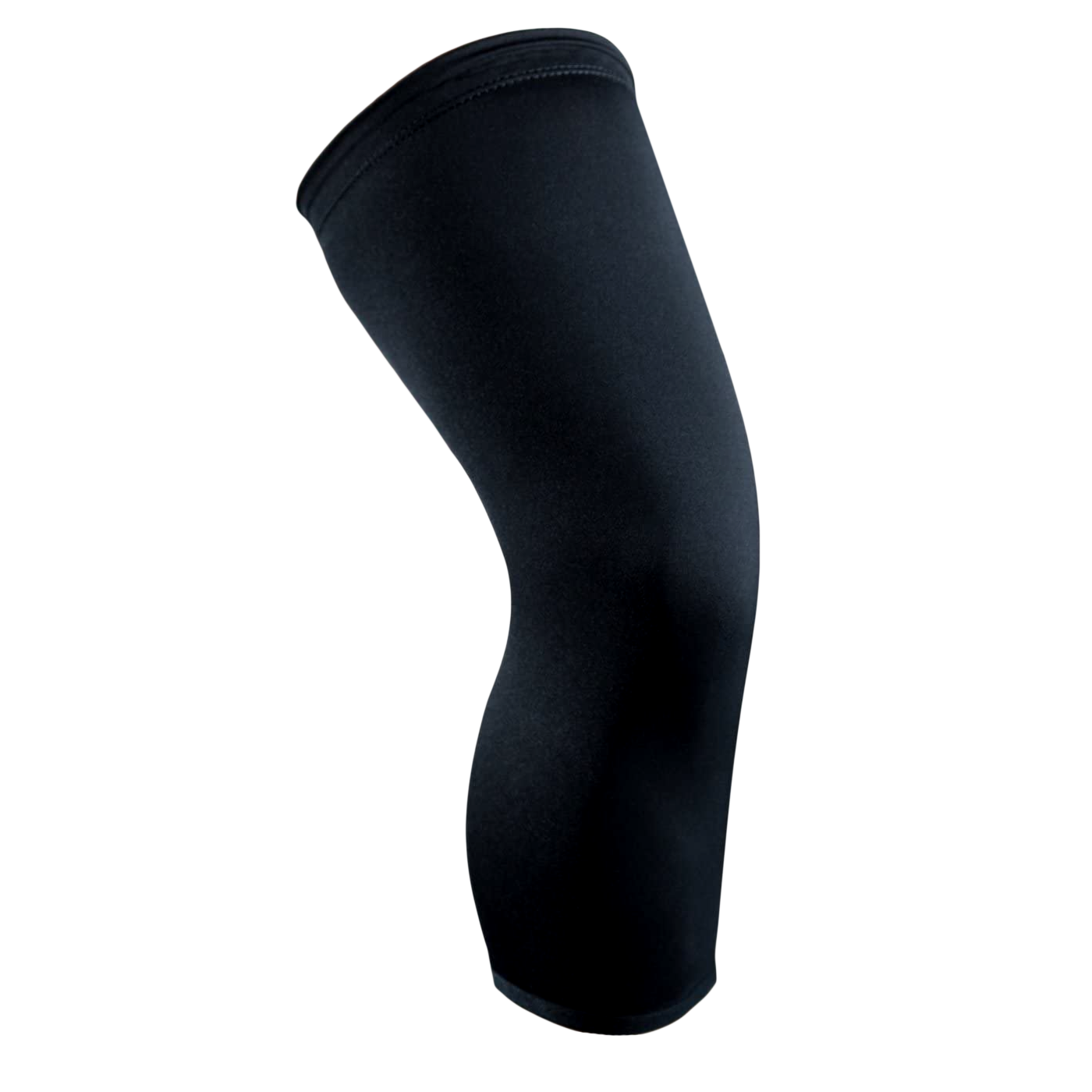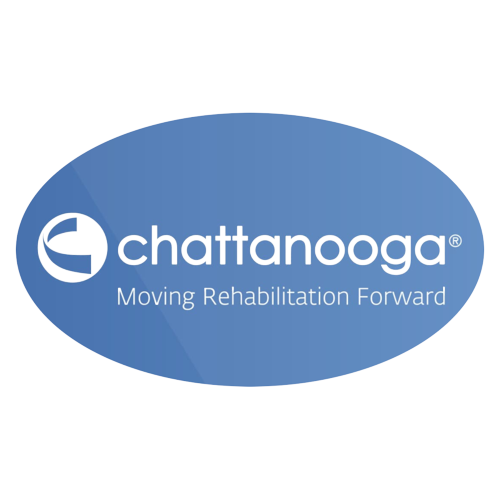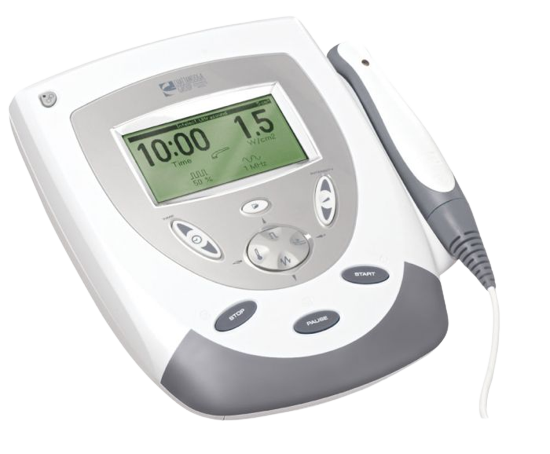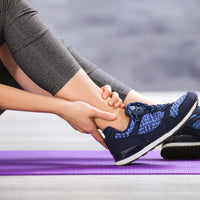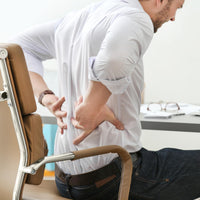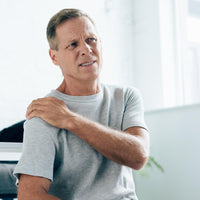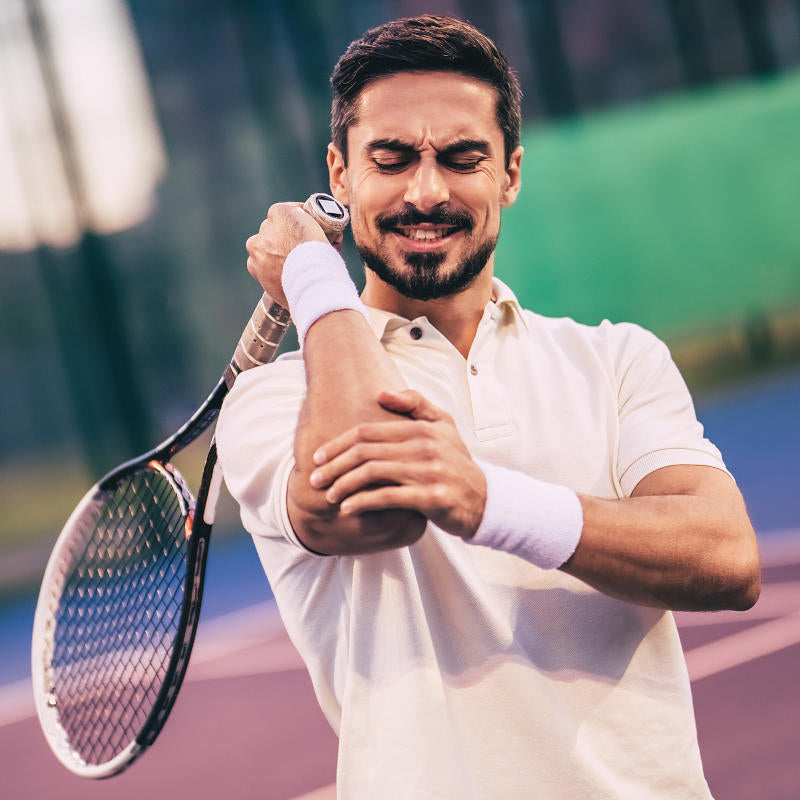
Key Takeaways:
- Focus on Strength and Flexibility: Incorporating targeted knee rehab exercises is essential for rebuilding muscle strength and improving flexibility, which is crucial for recovery from injuries or surgery.
- Consult Professionals: Always consult with healthcare providers before starting any rehabilitation program to receive a personalized plan that minimizes the risk of further injury.
- Gradual Progression is Key: Start slow with warm-up exercises and gradually increase the intensity to ensure a safe recovery, listening to your body’s signals throughout the process.
At OrthoBracing, we’re dedicated to supporting your recovery with the highest-quality orthopedic products and solutions. Whether you’re dealing with a knee injury, post-surgery recovery, or chronic pain, our range of braces and cold therapy machines can help ease discomfort and accelerate your healing process. With the right tools and exercises, you’ll be on your way to getting back to the activities you love in no time.
Knee injuries can be incredibly frustrating, whether you're recovering from a sports-related sprain, post-surgical discomfort, or ongoing knee issues that make everyday activities feel like a challenge. Regaining your strength and mobility can seem like a long journey, but with the right rehab exercises, you can start making real progress toward recovery and getting back to your favorite activities.
In this article, we’ll walk you through the best knee rehab exercises designed to help you regain strength, improve flexibility, and reduce pain. These exercises will be tailored to your specific needs, helping you feel stronger and more confident in your movement. Let’s take the first step on your journey to recovery!
Benefits Of Knee Rehab Exercises
Knee rehab exercises are essential for anyone recovering from an injury or surgery, and their benefits extend beyond just physical healing. Here’s how these exercises specifically relate to improving strength and flexibility in your knees:
- Enhanced Strength: Targeted knee rehab exercises help rebuild the muscles surrounding the knee joint, such as the quadriceps, hamstrings, and calf muscles. Strengthening these muscles provides better support for the knee, reducing the risk of future injuries and improving overall stability.
- Improved Flexibility: Incorporating stretching and mobility exercises into your rehab routine helps maintain and increase the flexibility of the knee joint. This is crucial for restoring a full range of motion, allowing you to perform daily activities and reduce stiffness easily.
- Pain Reduction: Regularly engaging in knee rehab exercises can alleviate pain and discomfort by promoting better blood flow and reducing inflammation. As strength and flexibility improve, everyday activities may become less painful, leading to a better quality of life.
- Faster Recovery: Consistent rehabilitation accelerates the healing process. Following a structured exercise plan makes you more likely to return to your normal activities quicker, whether that means getting back to work, sports, or just enjoying time with family.
- Injury Prevention: By strengthening the muscles around the knee and enhancing flexibility, rehab exercises help prevent future injuries. This proactive approach is essential for athletes and anyone who engages in physical activity, allowing you to stay active and avoid setbacks.
- Boosted Confidence: As you progress in your rehab, regaining strength and flexibility instills confidence in your movements. This psychological boost can be just as important as the physical gains, empowering you to tackle challenges and return to the activities you love without fear.
Essential Considerations Before Starting Knee Rehab
Before embarking on a journey of knee rehabilitation, it’s crucial to understand the foundational aspects that ensure a safe and effective recovery process. Knee rehab exercises are vital for regaining strength and flexibility post-orthopedic surgery. However, approaching these exercises cautiously and properly will significantly impact the recovery outcome. Here are some essential considerations to remember before starting your knee rehab exercises.
Consult With A Healthcare Professional
First and foremost, consulting with a healthcare professional, such as an orthopedic surgeon or a physical therapist, is essential. They can provide a tailored exercise plan that aligns with your specific recovery needs and goals. This personalized approach not only aids in a quicker recovery but also minimizes the risk of further injury.
Understand Your Recovery Timeline
Each individual’s recovery journey is unique, and understanding the timeline set by your healthcare provider is critical. This knowledge will help you set realistic expectations and prevent the frustration that often comes from comparing your progress with others. Remember, recovery is not a race but a gradual step towards regaining your pre-surgery strength and flexibility.
Start Slow And Increase Gradually
When beginning knee rehab exercises, starting slow and gradually increasing the intensity is vital. This approach allows your body to adapt without overwhelming your knee. Incremental progress is key to building strength and flexibility safely and effectively.
Incorporate A Variety Of Exercises
For a holistic rehab approach, it is important to incorporate a variety of exercises that focus on strength, flexibility, and balance. This variety ensures that all aspects of knee health are addressed, fostering a well-rounded recovery. Your healthcare professional can recommend specific exercises tailored to your rehabilitation phase.
Listen To Your Body
Paying attention to your body's signals is crucial during knee rehab. If you experience pain or discomfort beyond the expected mild soreness, consult with your healthcare provider. Listening to your body and adjusting your exercise routine helps prevent setbacks in your recovery journey.
Utilize Quality Recovery Tools
Incorporating high-quality orthopedic surgery recovery and pain relief tools can enhance your knee rehab exercises. Brands like AirCast, Breg, Chattanooga, DonJoy, and Exos, known for superior quality, offer products designed to support your rehab journey. Leveraging these tools can significantly aid in managing pain and ensuring a smooth recovery process.
Warm-Up Exercises For Knee Rehab
Before diving into rigorous knee rehab exercises, it's crucial to begin with warm-up exercises to prepare your knees for strength and flexibility training. Warm-up exercises minimize the risk of further injury and maximize the effectiveness of your rehab regimen. Here are a few gentle warm-up exercises recommended for individuals recovering from orthopedic surgery, emphasizing the importance of patience and gradual progress.
Quadriceps Contract And Release
This exercise focuses on activating and strengthening your quadriceps, vital for knee stability.
- Sit on the floor with your legs stretched out in front of you.
- Tighten the muscles in your thigh of the injured leg by trying to straighten your knee.
- Hold the contraction for 5 seconds, then slowly release.
- Repeat 10-15 times, ensuring you're not straining your knee.
Knee Straightening Stretch
Stretching the muscles around your knee is essential for flexibility and preventing stiffness.
- Sit on a chair with another chair or a stool to support your injured leg.
- Slowly straighten your knee and try to hold the stretch for 15-30 seconds.
- Gently relax and return to the starting position.
- Perform this stretch 3-4 times, carefully increasing the duration as your flexibility improves.
Ankle Pumps
Improving circulation and reducing swelling are critical components of knee rehab. Ankle pumps are an excellent way to achieve both.
- Lie down and elevate your injured leg slightly higher than your heart.
- Move your ankle up and down, mimicking the motion of pressing down and releasing a pedal.
- Perform this movement continuously for 2-3 minutes.
- Focus on a smooth, controlled motion to promote blood flow to the knee area.
Seated Knee Marching
This low-impact exercise helps maintain mobility and strengthen the muscles supporting the knee.
- Sit in a chair with your feet flat on the ground.
- Slowly lift one knee towards your chest as high as comfortably possible.
- Lower it gently and repeat with the other knee.
- Continue this marching motion for 1-2 minutes, gradually increasing the time as your endurance builds.
Strengthening Exercises For The Knee
Below are targeted exercises to strengthen the knee and support your recovery journey. Always perform these exercises within your comfort range.
Straight Leg Raises
Starting with something light, straight leg raises help strengthen the quadriceps without putting strain on the knee.
- Lie flat on your back on a comfortable surface.
- Bend one knee and keep your foot flat on the surface.
- Keep the other leg straight and lift it to the height of the opposite knee.
- Hold the position for about 5 seconds before lowering your leg.
- Repeat 10 times and switch legs.
Seated Knee Extensions
This exercise is excellent for strengthening the muscles surrounding the knee.
- Sit on a chair with your feet flat on the ground.
- Extend one leg at a time, straightening it as much as possible.
- Hold the extended position for a few seconds, then slowly lower your foot back to the ground.
- Perform 10 repetitions on each leg.
Hamstring Curls
Strengthening the back of your thigh is just as important as the front for knee support and mobility.
- Stand behind a chair, using it for balance.
- Slowly bend one knee, bringing your heel up towards your buttock.
- Hold this position for a few seconds, then lower your foot back down.
- Aim for 10-15 repetitions on each leg.
Partial Squats
Partial squats can enhance the strength of your quadriceps, hamstrings, and buttocks, all crucial for knee health and mobility.
- Stand with your feet shoulder-width apart.
- Slowly lower your body into a shallow squat, not going deeper than a 90-degree angle at the knees.
- Hold for a few seconds, then slowly rise back to the starting position.
- Complete 10 repetitions, ensuring your knees do not go past your toes to avoid strain.
Flexibility Exercises For The Knee
Flexibility exercises are crucial for enhancing the range of motion, which can significantly impact the overall recovery and functionality of the knee. Here, we introduce a selection of knee rehab exercises focused on improving flexibility, which is vital for anyone in recovery.
Quadriceps Stretch
Start by standing near a wall or a chair for support. Bend your knee to bring your heel toward your buttock, and hold your ankle with your hand. Keep your knees close together and push your hip forward to increase the stretch along the front of your thigh. Hold the stretch for 15 to 30 seconds before releasing. Repeat 2 to 4 times for each leg, ensuring a gentle pull is felt without pain.
Hamstring Stretch
Sit on the floor with your legs stretched out in front of you. Bend one knee and place the sole of that foot against the opposite inner thigh. Lean forward from your hips and reach towards the toes of your outstretched leg. You should feel a stretch along the back of your thigh. Hold this position for 15 to 30 seconds, then switch legs. Repeat this 2 to 4 times per leg, aiming to increase the stretch's depth as flexibility improves.
Calf Stretch
Using a wall for support, place one foot behind you, keeping it straight. The other foot should be in front, slightly bent. Push your rear heel into the ground and lean into the wall until a stretch is felt in the calf of your back leg. Hold this stretch for 15 to 30 seconds before switching legs. For best results, perform this stretch 2 to 4 times on each leg.
IT Band Stretch
For this stretch, stand near a wall for balance and cross your left leg behind your right. Lean slightly to your right side until you feel a stretch along the outer thigh of your left leg. Keep your hips facing forward to ensure the stretch targets the iliotibial band. Hold the position for 15 to 30 seconds and then switch sides. Repeat 2 to 4 times for each side.
Balance Exercises For Knee Stability
Here are some of the most effective balance exercises tailored for knee stability enhancement.
Single-Leg Balancing
Single-leg balancing exercises are excellent for enhancing knee stability. Stand behind a sturdy chair and hold onto its back to perform a single-leg balance. Slowly lift one foot off the ground, maintaining your balance on the standing leg. Keep your abdominal muscles tight and your standing knee slightly bent. Hold this position for 15 to 30 seconds, then switch legs. Try performing this exercise without holding on to the chair as your balance improves.
Heel-To-Toe Walking
Heel-to-toe walking is another effective balance exercise that promotes knee stability. Start by standing straight and stepping one foot directly in front of the other, heel to toe, as if you are walking on a tightrope. Focus on a spot ahead of you to maintain balance and take slow, deliberate steps forward for 20 to 25 steps. This exercise not only enhances balance but also improves coordination and knee joint stability.
Sideways Walking
Sideways walking, or lateral walking, strengthens the muscles surrounding the knee and enhances joint stability. Begin in a slight squat position with your feet shoulder-width apart. Step to the side with your left foot, followed by your right foot, maintaining the squatting position. Take 10 steps in one direction, then switch and move in the opposite direction. This exercise challenges your balance and strengthens the side muscles of your legs, providing better support for your knees.
Balancing On An Unstable Surface
An unstable surface, such as a cushion or a balance board, can significantly improve knee stability by engaging the core and small stabilizing muscles around the knee. Start by simply standing on the unstable surface with both feet and maintaining your balance for as long as possible. As your confidence grows, progress to performing single-leg stands or squats on an unstable surface, always focusing on maintaining control and balance.
Final Thoughts
Integrating knee rehab exercises into your recovery plan post-orthopedic surgery is crucial for regaining strength and flexibility in the knee joint. Starting with gentle stretches and gradually progressing to strength-building exercises ensures a balanced approach to rehabilitation. Remember, these exercises are designed to support your recovery journey but should never cause pain. If you experience discomfort, it's essential to consult with your healthcare provider for personalized advice.
At OrthoBracing, we understand the importance of a comprehensive recovery process. We offer high-quality brands, including AirCast, Breg, Chattanooga, DonJoy, and Exos, to support your rehab journey. Whether you need advanced cold therapy machines to manage swelling and pain for extended periods or seek reliable bracing solutions, our products are handpicked to enhance your recovery experience. By focusing on both strength and flexibility and with the right support from trusted brands, you're taking a significant step towards a successful recovery. Remember, patience and consistency are key. Your path to regaining full knee function and returning to your daily activities is our priority.
Read also:
- Best Ice Machine For Knee
- How To Use An Ice Machine For Knee: Step-By-Step Guide
- How Long to Use Cold Therapy After Surgery
Frequently Asked Questions About The Best Knee Rehab Exercises For Strength And Flexibility
How often should knee rehab exercises be done?
Knee rehab exercises are typically recommended daily, but the exact frequency can vary based on individual recovery needs and the nature of the surgery or injury. Always consult a healthcare professional to tailor the rehab plan to your condition. Consistency and gradual progress are key to recovery.
Can knee exercises help prevent future injuries?
Yes, engaging in knee rehab exercises can significantly help prevent future injuries. Strengthening the muscles around the knee joint improves stability, flexibility, and overall joint health, making it less prone to injury. It is important to continue exercises even after recovery to maintain knee strength and health.
What safety precautions should be taken during knee rehab?
Safety is paramount during knee rehab to avoid further injury. Under the guidance of a healthcare professional, start with low-impact exercises and gradually increase intensity. Use proper form to ensure the exercises are being performed correctly. Listen to your body and stop any activity that causes pain or discomfort.
How long does it typically take to recover from a knee injury with exercises?
Recovery time can vary widely depending on the severity of the injury and the individual's overall health. Some may see improvement within a few weeks, while others may require several months of rehabilitation. Following a prescribed exercise regimen and maintaining a positive, patient approach toward recovery can optimize healing time.
How soon after knee surgery can rehab exercises begin?
The timing for beginning rehab exercises post-surgery can vary based on the type of surgery and the surgeon's guidelines. Some exercises may begin as soon as 24 hours post-operation, while others might be recommended to wait until the knee has had some time to heal. Always follow the specific advice given by your healthcare provider.
How do I know if I'm overdoing my knee exercises?
Signs that you may be overdoing your knee exercises include increased pain or swelling in the knee, decreased knee mobility, noticeable fatigue in the muscles surrounding the knee, and any discomfort that lasts more than a few hours after exercising. If you experience these symptoms, it’s important to rest the knee and consult with a healthcare professional to adjust your rehab plan accordingly.

